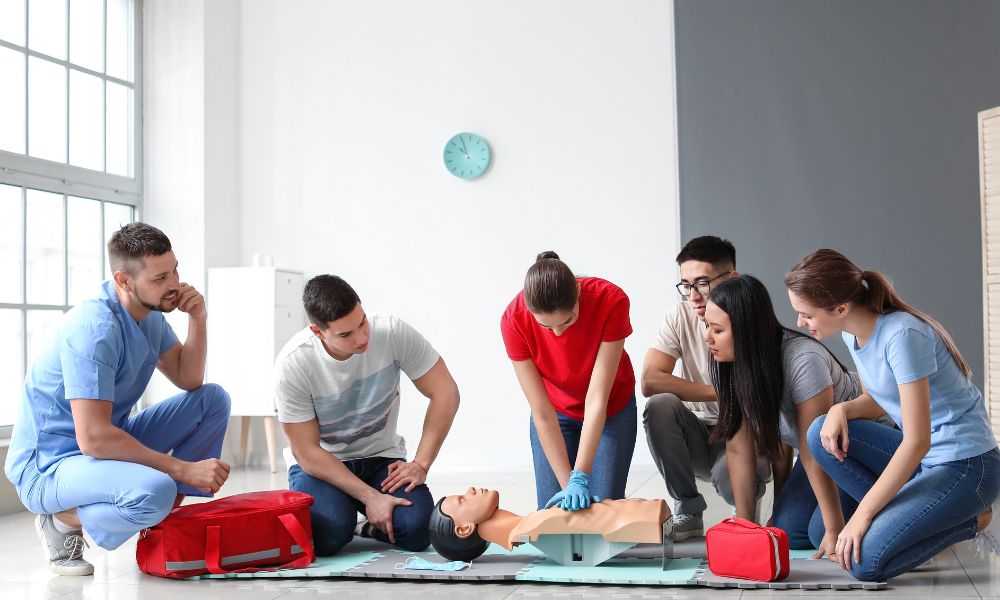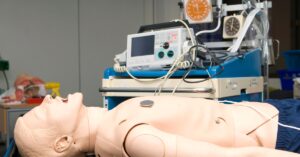So, you’ve signed yourself up for a first aid certification training class. You’re likely obtaining this certification for a profession or because you wish to equip yourself with this lifesaving education. However, you might have noticed your training also includes AED, which you could be a little unfamiliar with. That’s why we have provided this informational guide on what you need to know about AED maintenance.
CPR/AED Certification
When you sign yourself up for CPR/AED certification training, it’s more than normal to feel a little stressed out, as you might be unfamiliar with the AED portion. The CPR portion will educate you on administering this lifesaving training to children, infants, and adults. As for the AED portion of your certification, your instructors will teach you how to operate this device if you need to utilize it in an emergency.
AED Machine
An AED is an acronym for automated external defibrillator. This machine is an incredible invention that all public places should have available. An AED can analyze a victim’s heart rhythm and administer an electrical shock at the correct time.
The electrical shock reconstitutes the heart to a natural and normal rhythm of someone having ventricular fibrillation. When a victim experiences cardiac arrest, it is due to ventricular fibrillation, which is an uncoordinated heart rhythm. Are you looking to obtain your Heartsaver CPR/AED certification? At CPR123, we are passionate about equipping you with this lifesaving and life-changing knowledge.
AED Maintenance
Now that you know an AED machine can restore a natural heart rhythm to a victim experiencing ventricular fibrillation, you need to know some important things about AED maintenance. While it is an amazing machine, it has upkeep requirements.
You don’t want to find yourself in an emergency with an AED that doesn’t work. The battery in your AED machine is viable for two to five years. It’s crucial to stock backup batteries, as expired batteries could cause malfunctions.
AED Inspection
In addition to AED maintenance, you must perform monthly or annual inspections on your device. The purpose of the inspection is to ensure the machine functions properly. Visually inspect the machine and electrodes for any noticeable damage. Test the main and backup batteries, and keep the AED charged when not in use to replenish the battery.







